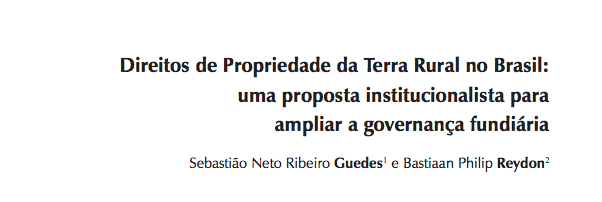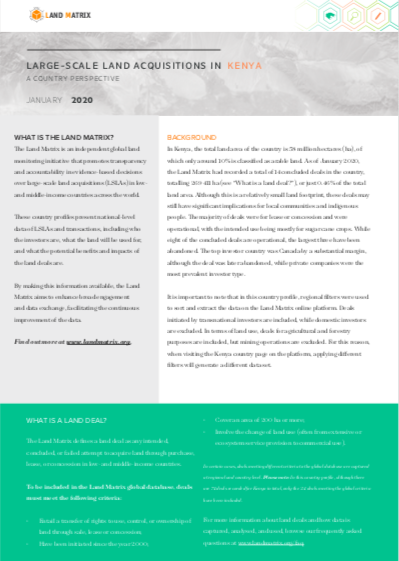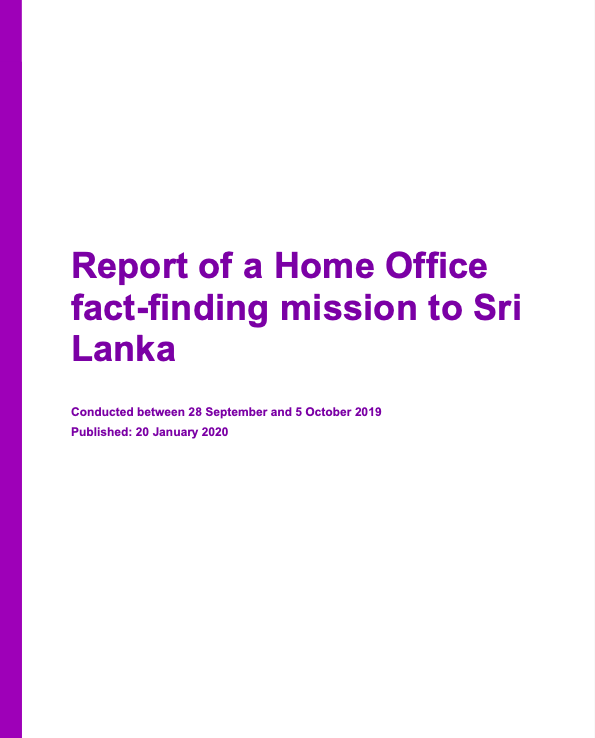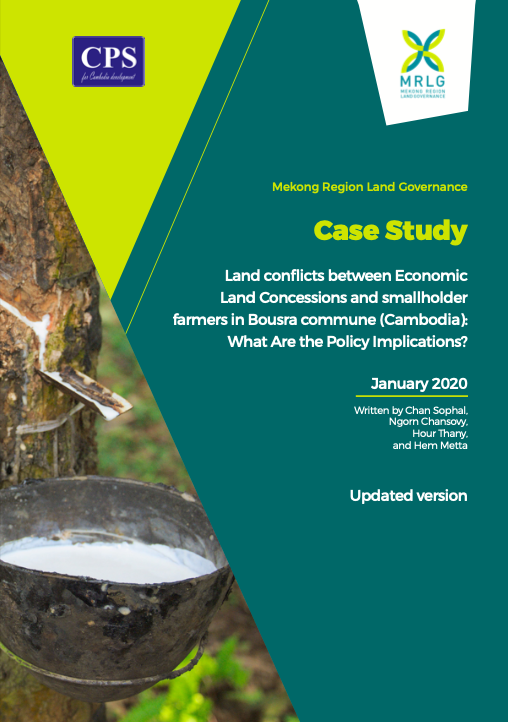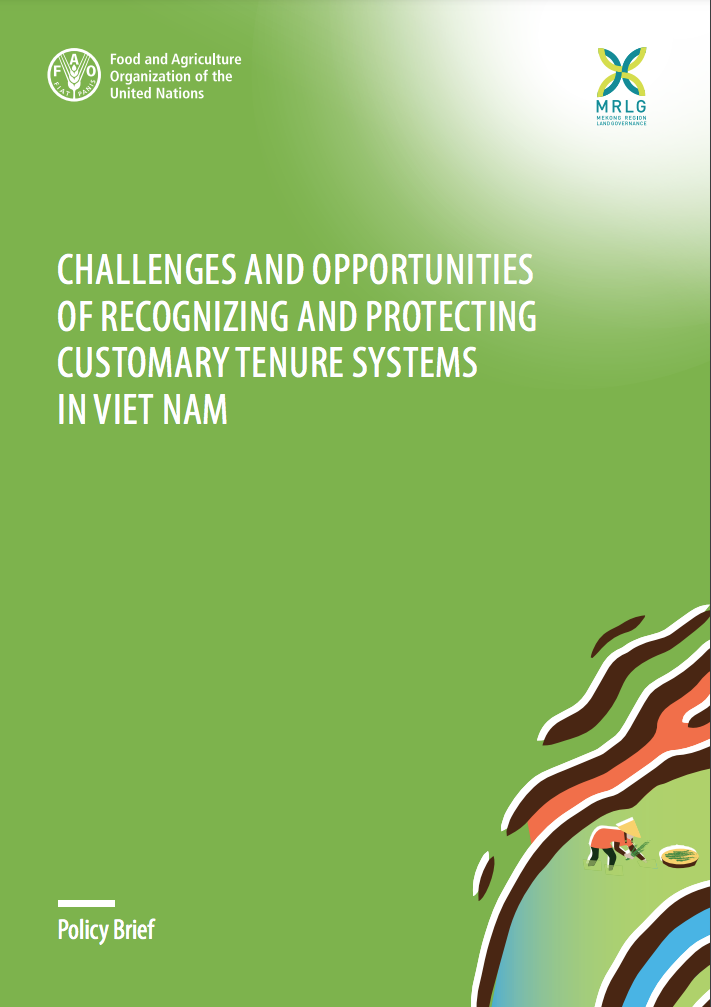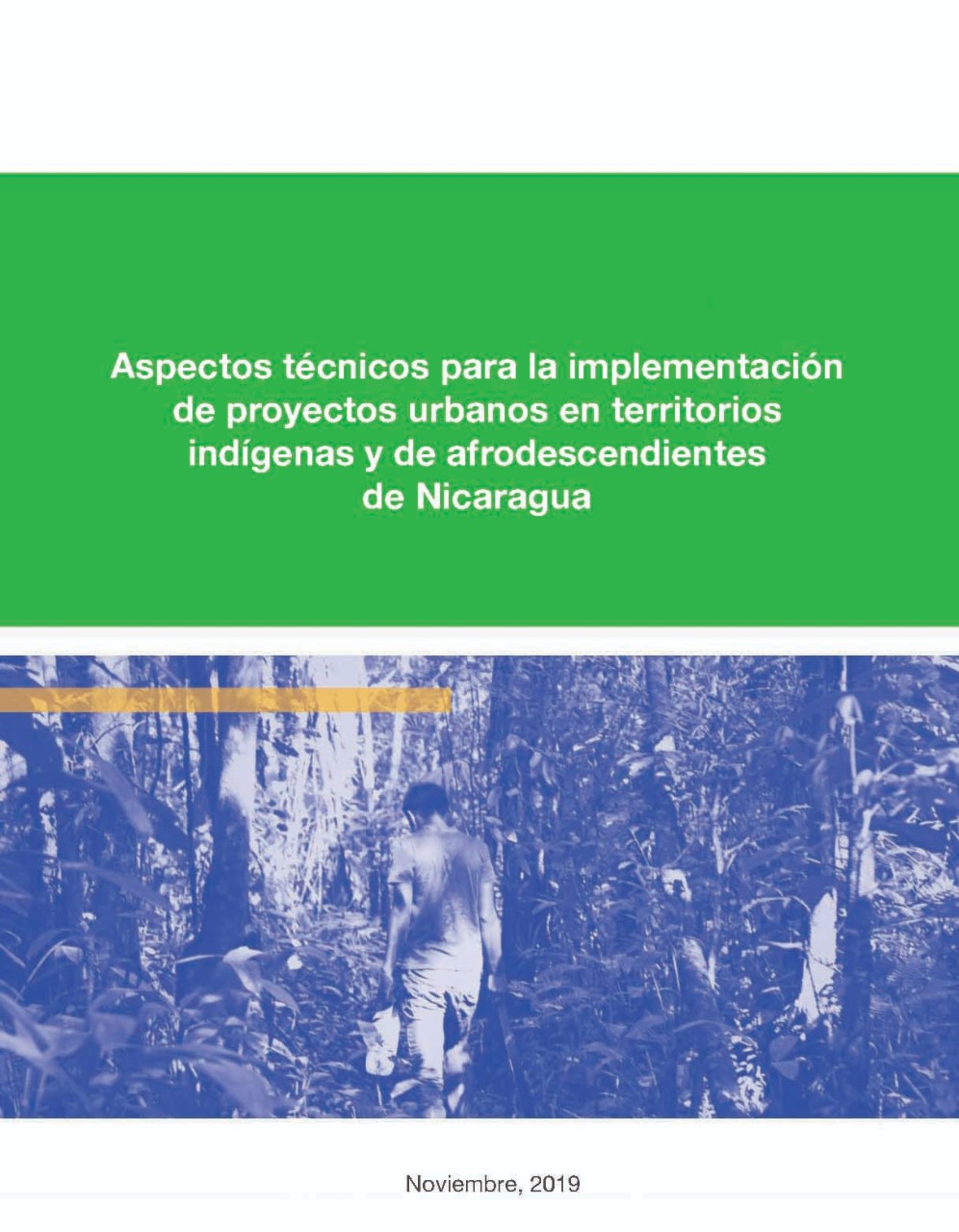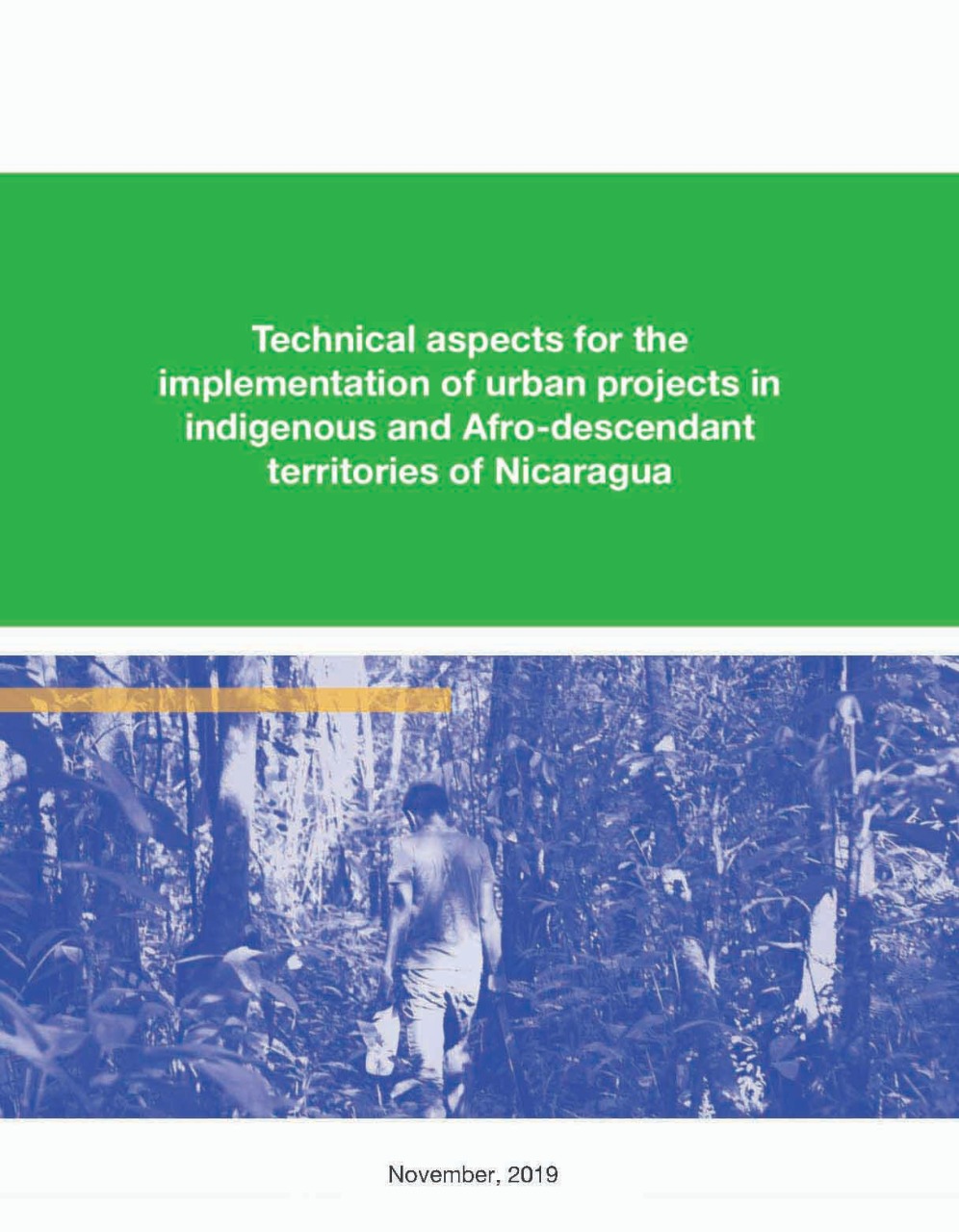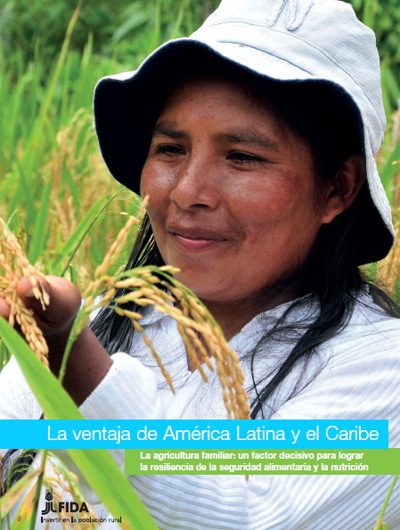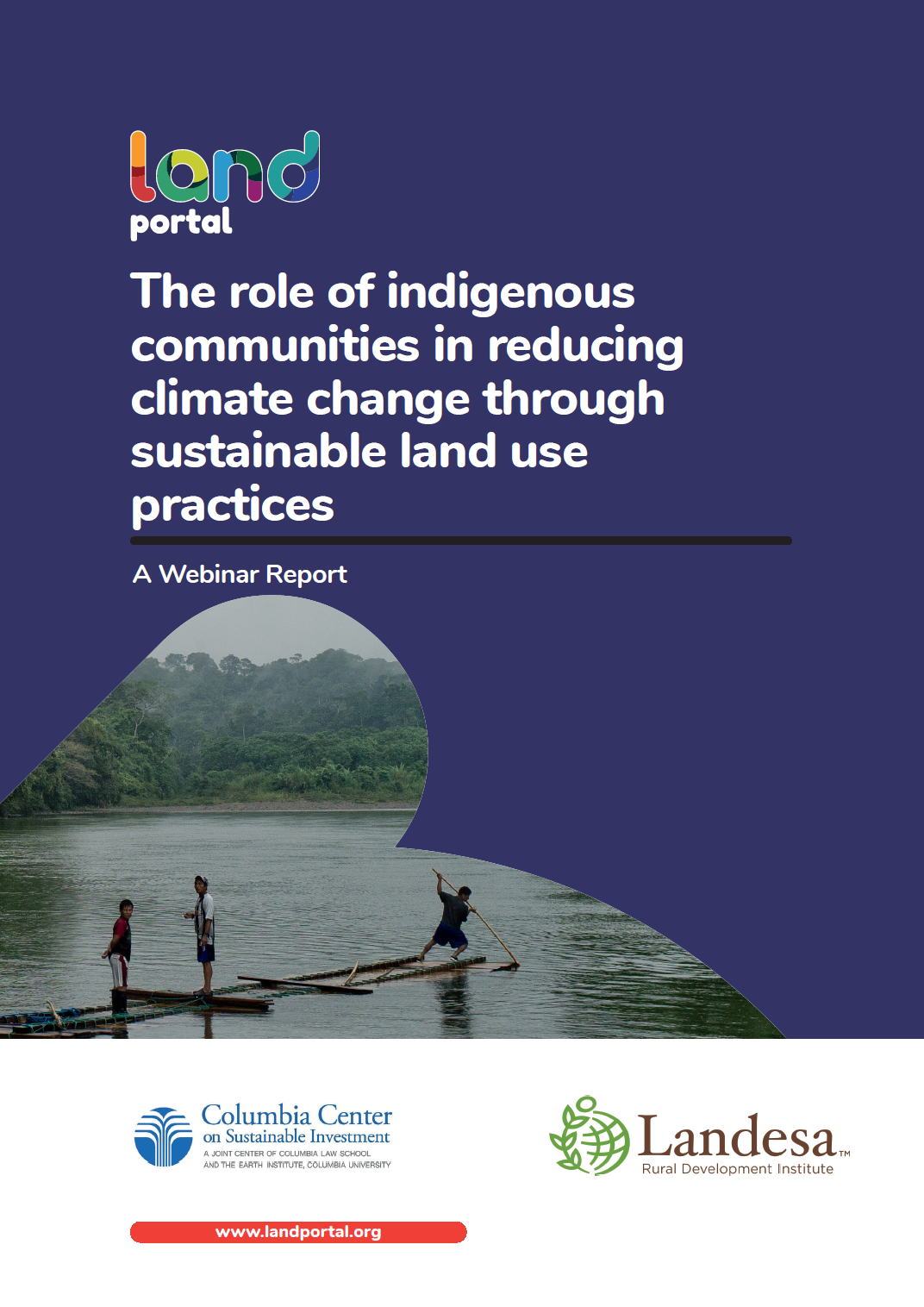Awnetypan amazad: políticas indígenas do habitar e gestão territorial-ambiental em terras indígenas
Este artigo apresenta uma análise etnográfica acerca das políticas do habitar entre o povo Wapichana segundo modos específicos de relações com lugares. Em seguida aborda como essas formas próprias de habitar entraram em relação com a agenda de gestão territorial e ambiental de terras indígenas no Brasil por meio da elaboração de um Plano de Gestão Territorial e Ambiental – PGTA. Ao trazer esse encontro, o objetivo é destacar algumas dificuldades de translação na comunicação intercultural.


